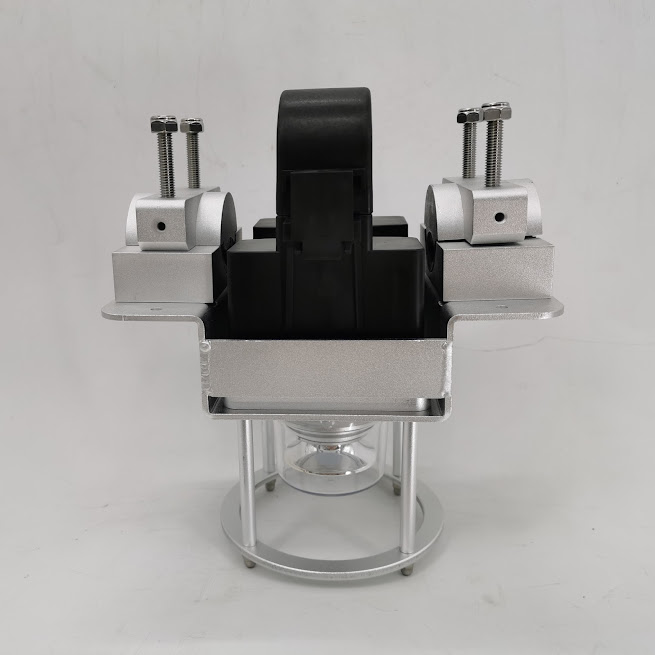The high voltage electric power transmission towers which are located in the vicinity of airports represent a serious danger to air navigation and several incidents have occurred in the world of airplanes or helicopters crashed on the towers or cables of high voltage lines. Medium-intensity white obstacle lights for day and night marking of the towers of the various high-voltage lines, compliant to ICAO Annex 14 Type A.
The high voltage electric power transmission towers which are located in the vicinity of airports represent a serious danger to air navigation and several incidents have occurred in the world of airplanes or helicopters crashed on the towers or cables of high voltage lines. Medium-intensity white obstacle lights for day and night marking of the towers of the various high-voltage lines, compliant to ICAO Annex 14 Type A.
For more details:
Website:http://www.cdt-en.com/
Email:sophia@chendongtech.com
Phone/WhatsApp:+86-13929493960




评论
发表评论